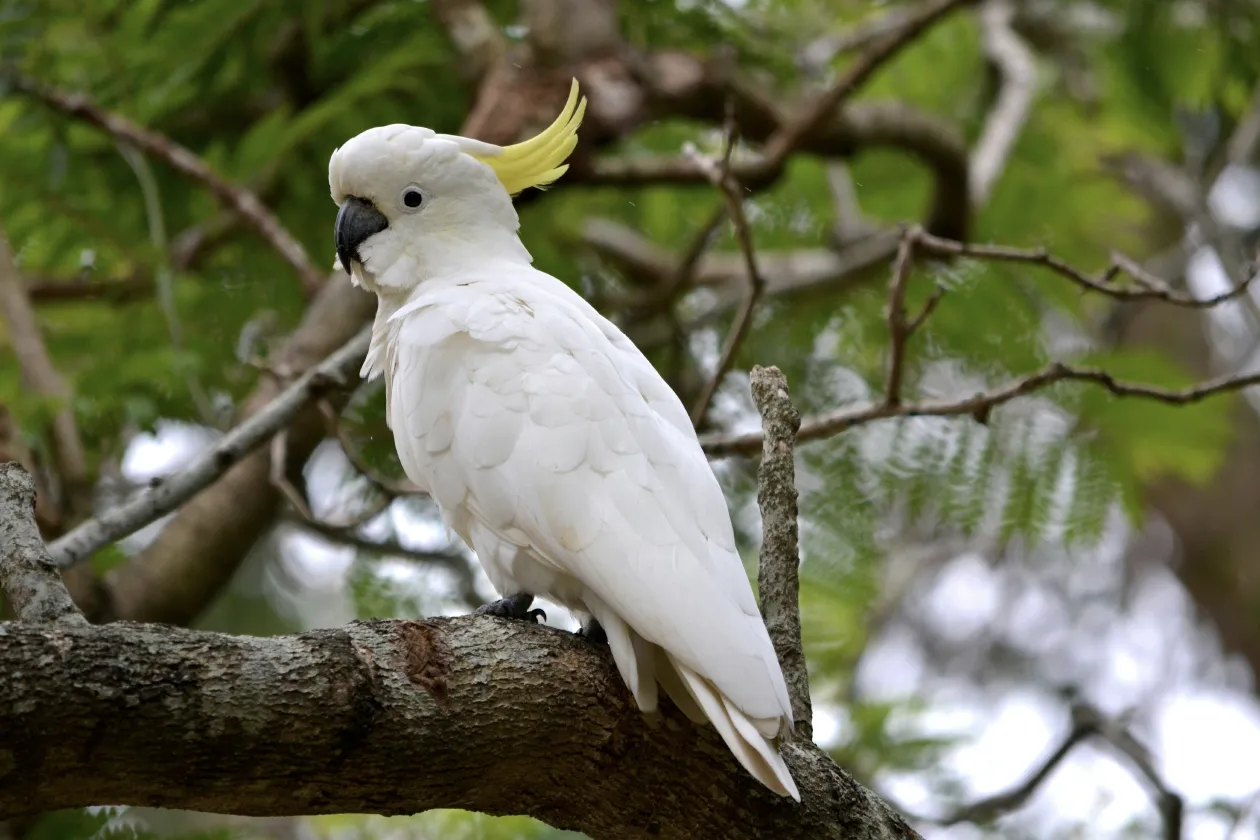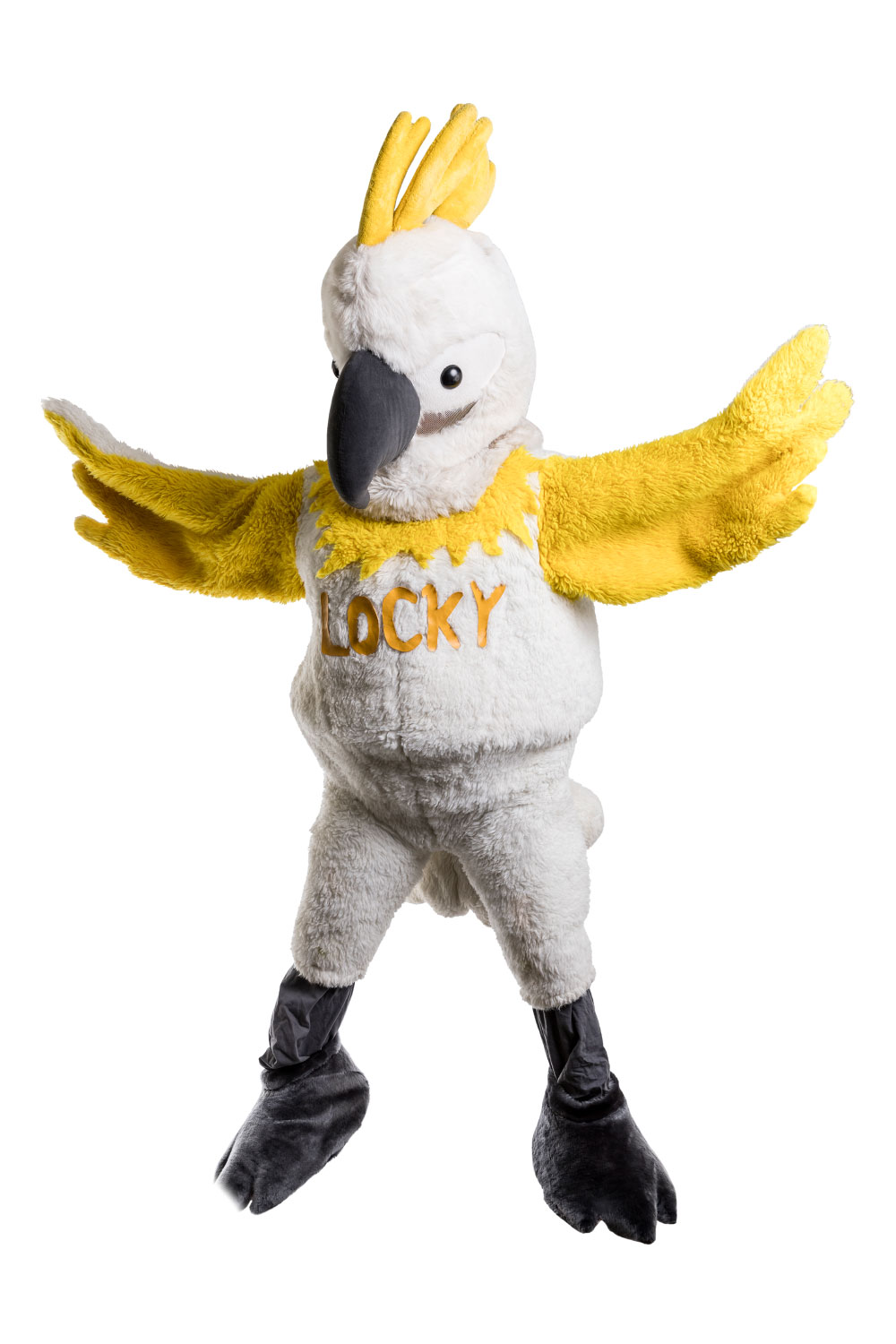Locky is sulfur crested cockatoo who loves flying, gliding, eating well and staying healthy.

LOCKY’S SONGS
Locky Cocky – Let’s Fly
Locky Cocky fly’s in and teaches the children how to fly with some funny instructions that really get the kids flapping. Then he lets their imagination run wide in this very up and down, round and around, energetic Rock ‘n’ Roll song.
Locky Cocky Forgets to Eat (Properly)
Locky Cocky Flying High
Locky Cocky Flying High. You guessed it, Locky has learnt from his mistakes and has been eating all the right things and now he’s ready to fly the highest he’s ever flown. If Locky can do this after eating all healthy foods then imagine how much better the kids of Australia would feel and perform if they ate the right foods too.
Sulphur Crested Cockatoo Facts
Greater Sulphur-crested Cockatoos are the largest of the Sulphur-crested group. They have white bodies and a yellow crest; the underside of their wings and tail is also yellow. They also have a dark gray-black, hooked beak. They have a naked periophthalmic eye ring. Males and females differ only in that females’ eyes are red-brown compared to dark brown in males. Juveniles resemble adults.
These cockatoos weigh about 700-950 grams. They are approximately 50 centimeters long.
Greater Sulphur-crested Cockatoos are found in Australia, from Tasmania through Victoria and New South Wales to the northern tip of Queensland. They are also found in the northern part of the Northern Territory and into the Kimberly area of Western Australia. Populations have been established near Perth and in New Zealand.
They habitat dense bushland and are often seen in areas habituated by humans.
Since these birds eat seeds, they are often found in cropland. They are often viewed as pests because of their habit of digging up newly sown seed and raiding ripening crops. They also damage haystacks and attack bagged grain. On the other hand they also eat the seeds of many weed pests.
These noisy, conspicuous parrots are usually found in pairs or small family parties during the breeding season, and at other times in flocks, sometimes comprising hundreds of individuals. Each flock has its own roosting ground and this is rarely deserted even though long flights to and from feeding areas may become necessary. At sunrise the birds leave roosting grounds in favor of feeding grounds where they remain during the day. Feeding occurs in groups, with one bird watching for danger on a nearby perch. During the hottest parts of the day they shelter in trees and return the roosting ground at dusk.
Their characteristic flight comprises a series of rapid, shallow wingbeats interspersed with gliding. When traveling to and from feeding grounds they fly at considerable height, gliding down to the trees in wide, sweeping circles.
Their call is a harsh, raucous screech. Their alarm call consists of a series of abrupt, guttural screeches. Contact calls while feeding include the occasional sharp squawk or a shrill whistle.

This is a Sulphur Crested Cockatoo in the wild…

And this is Locky Cocky from the Magical Mountains!
